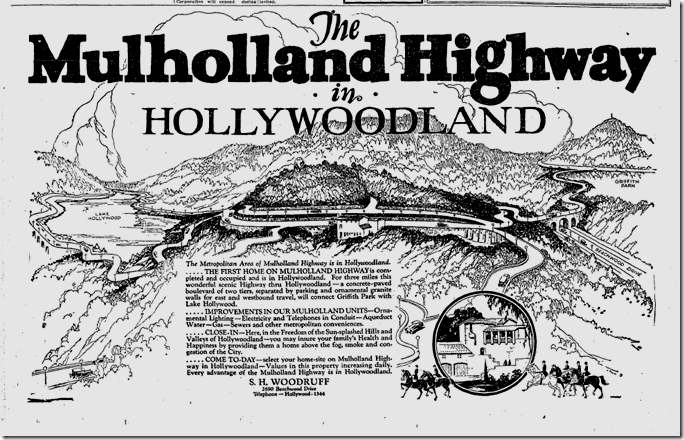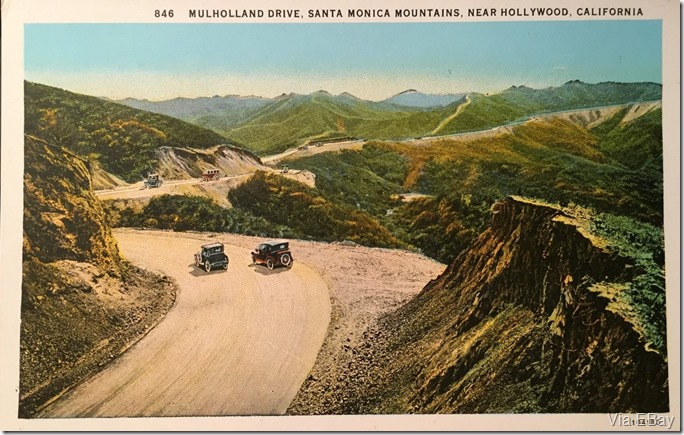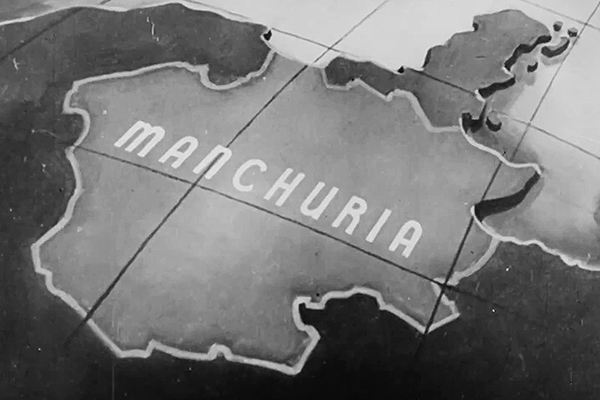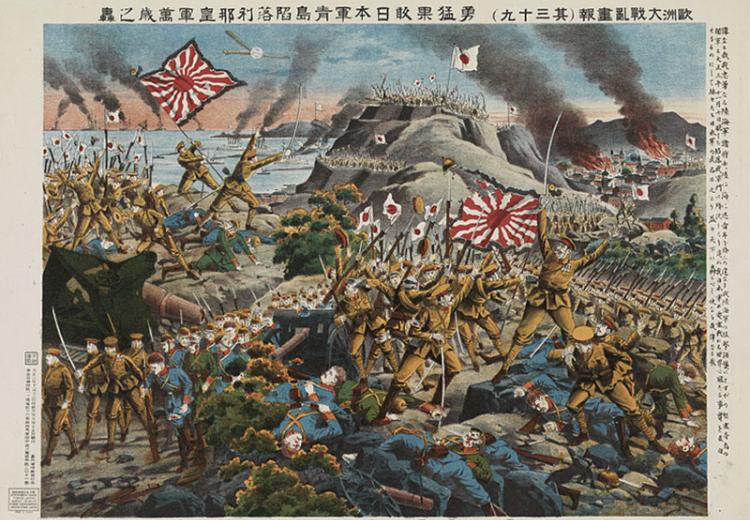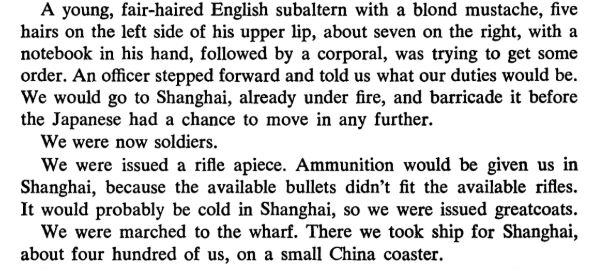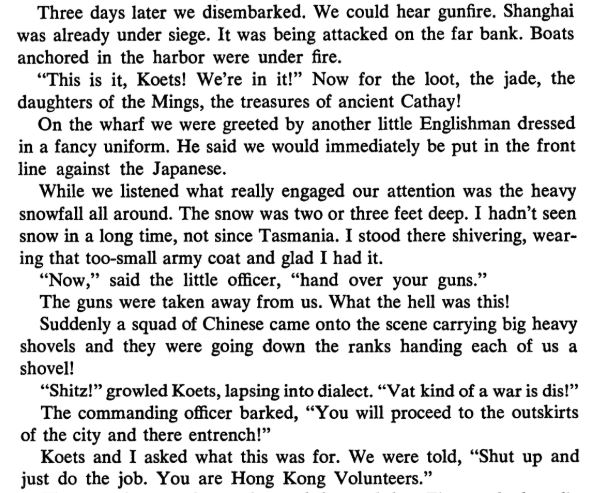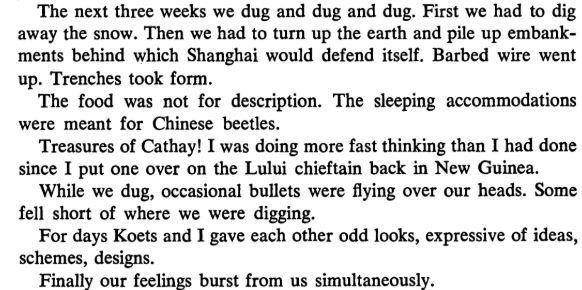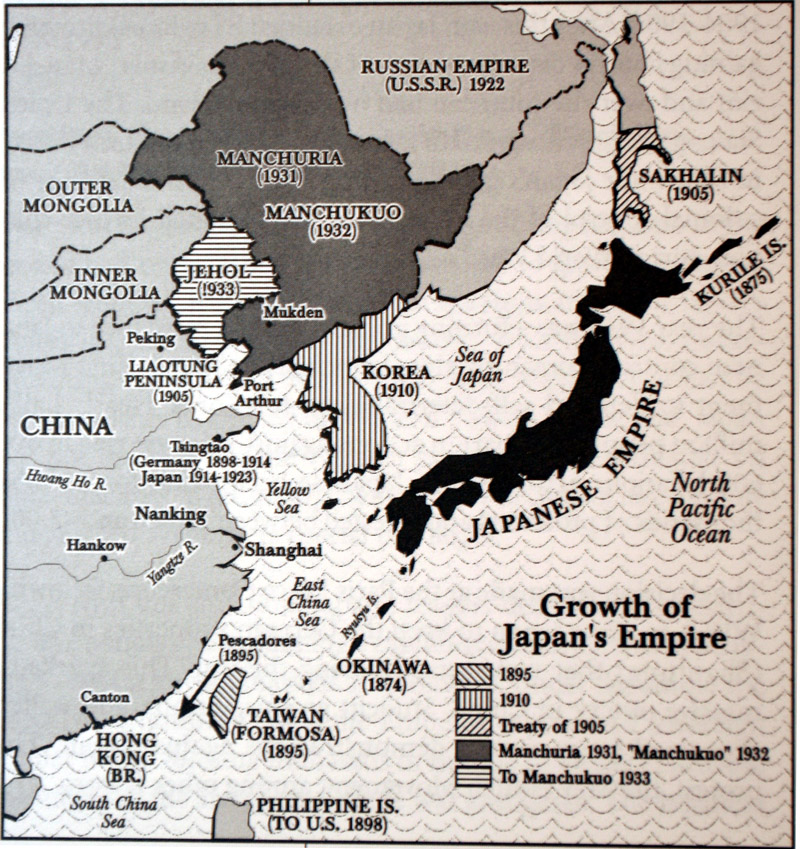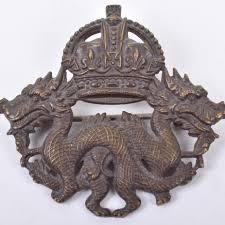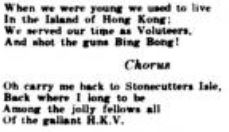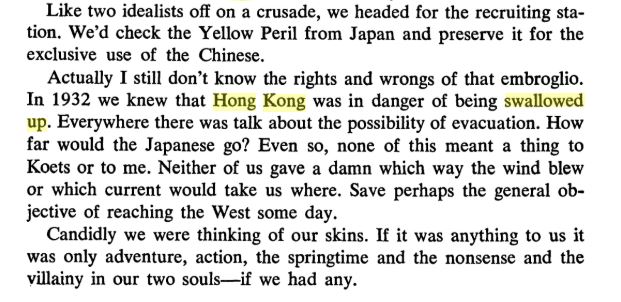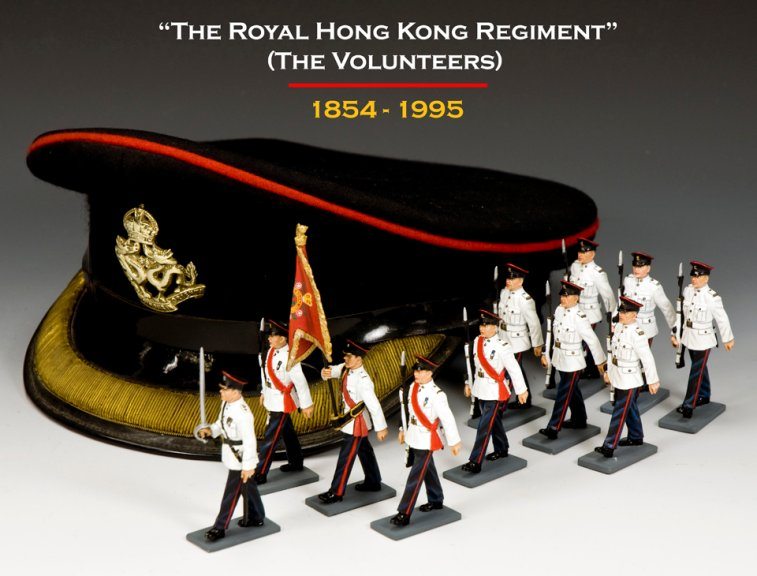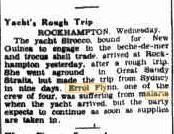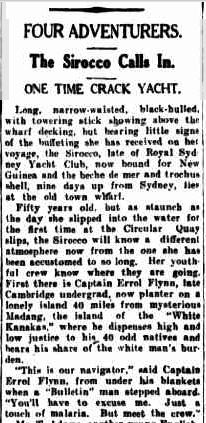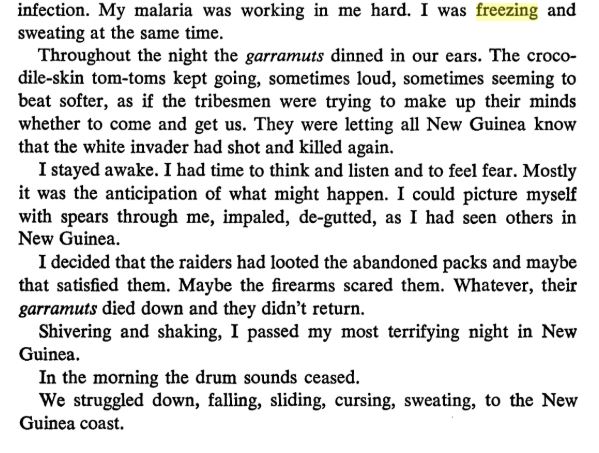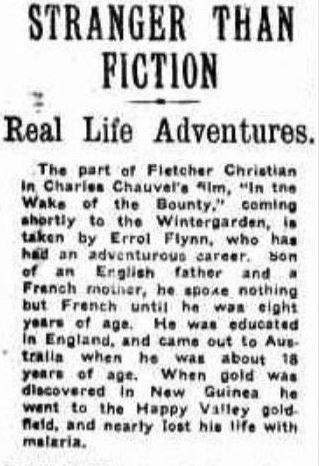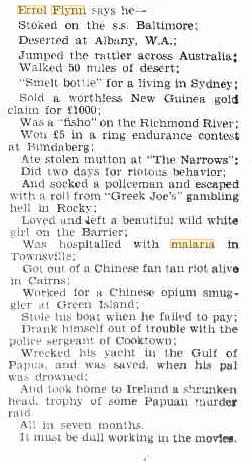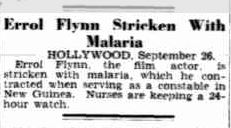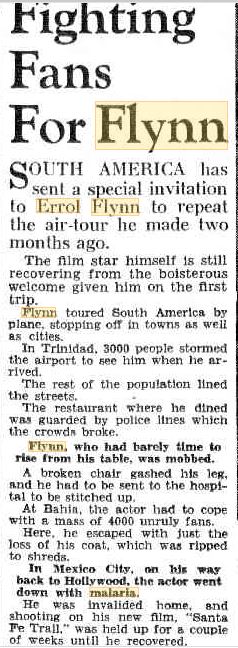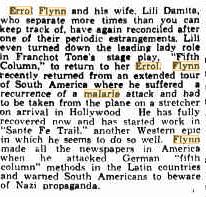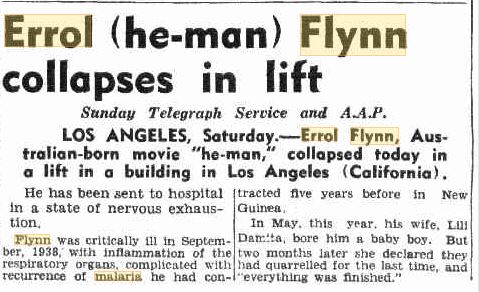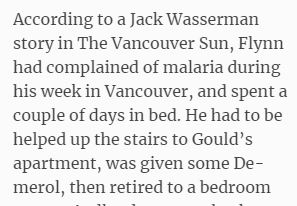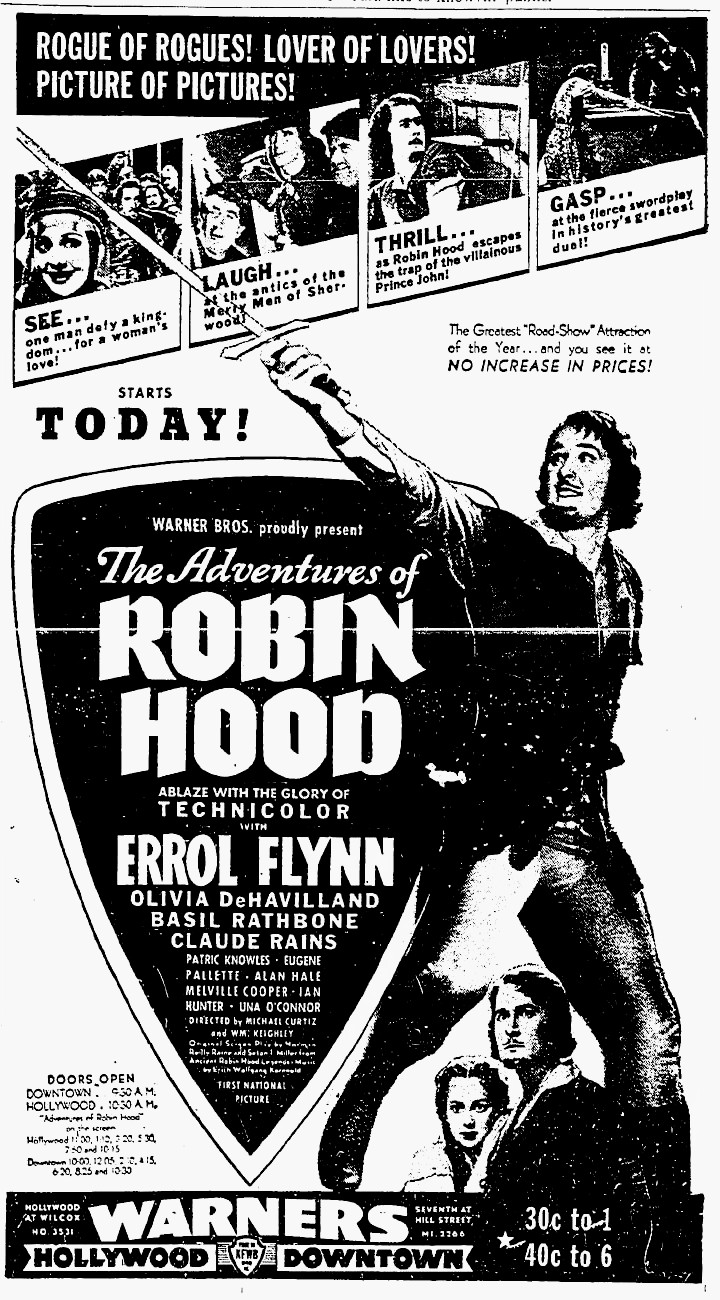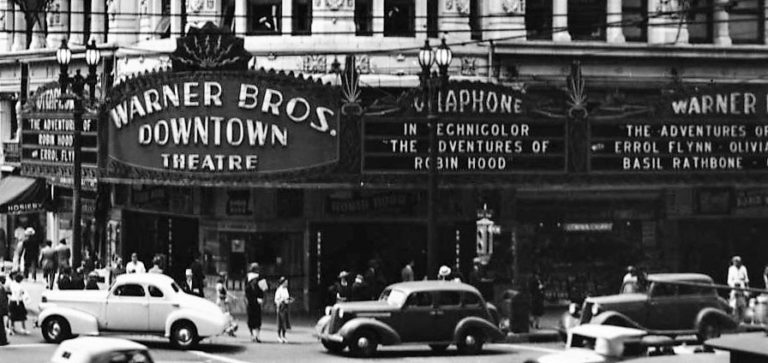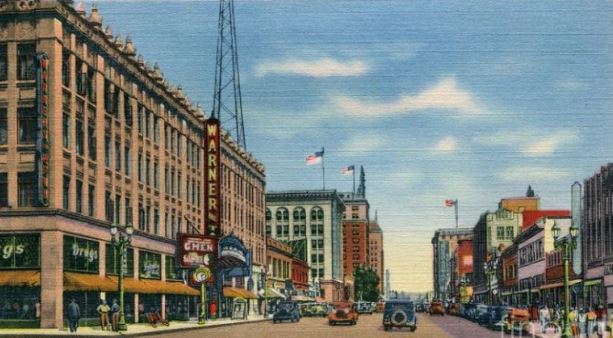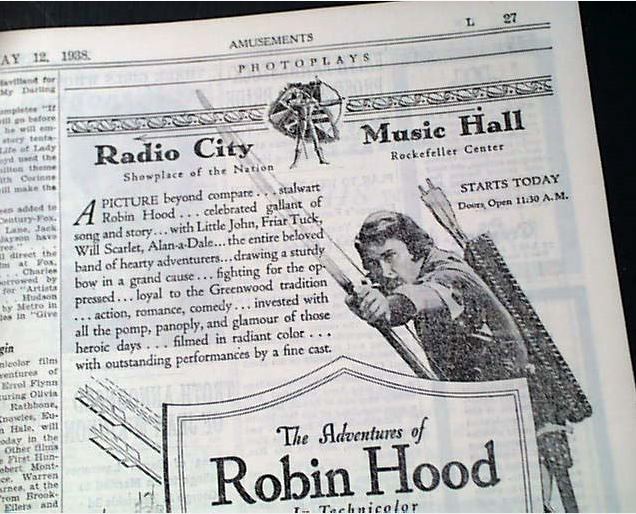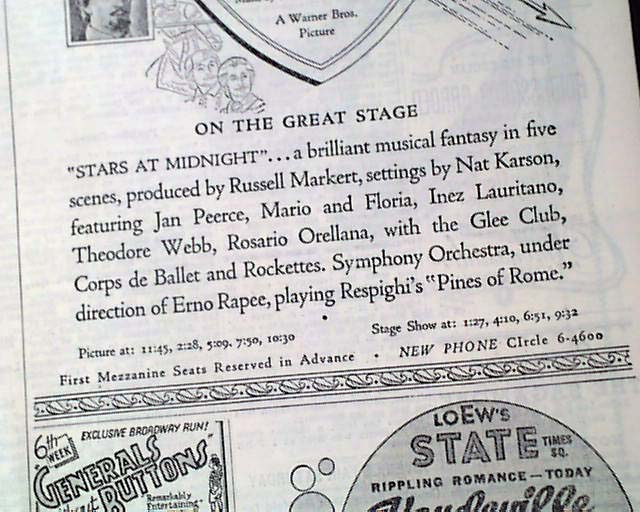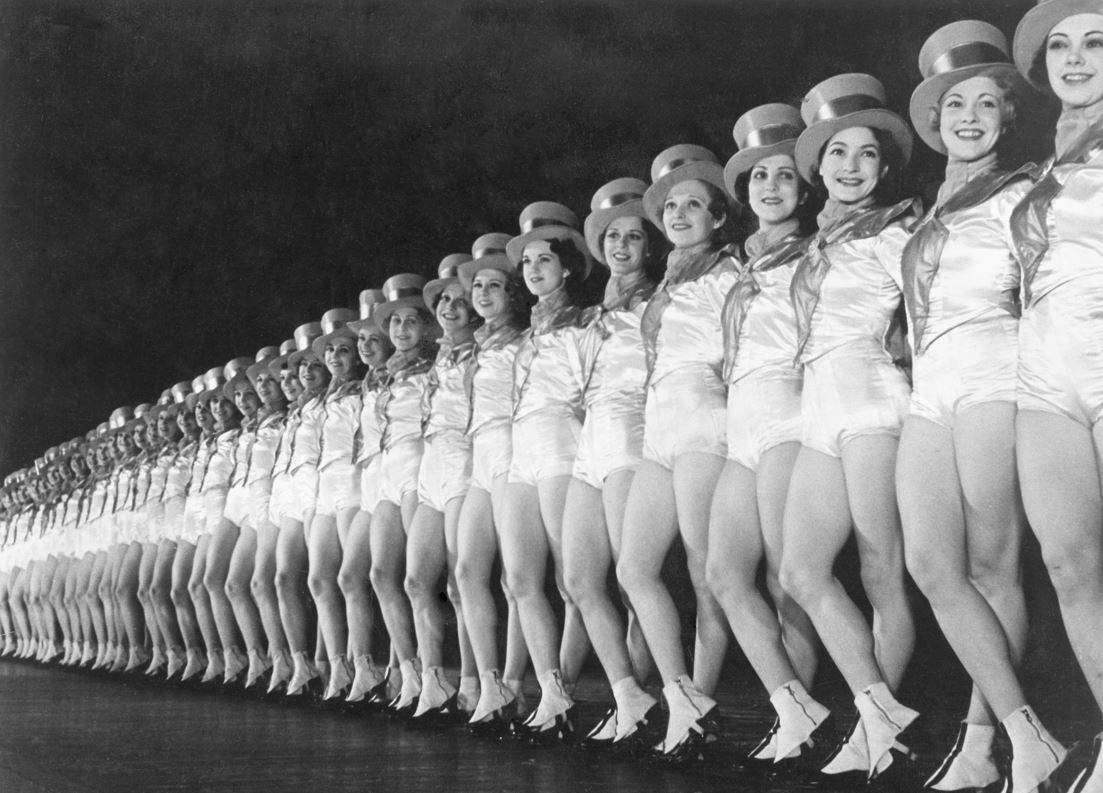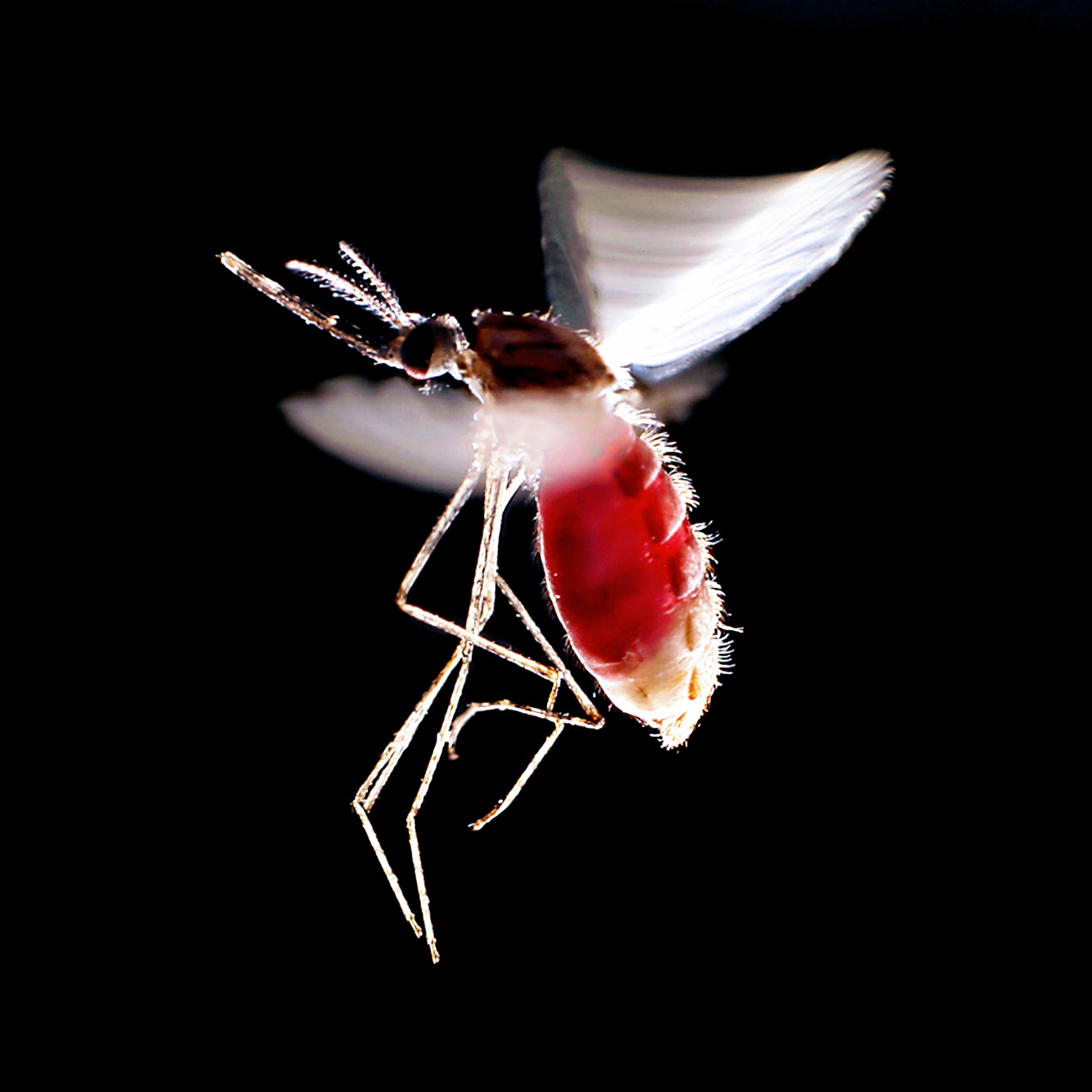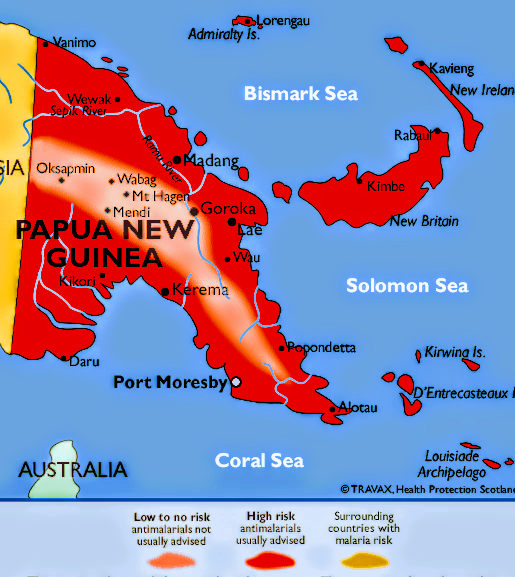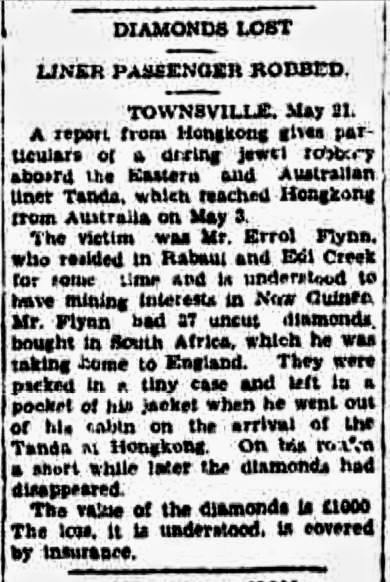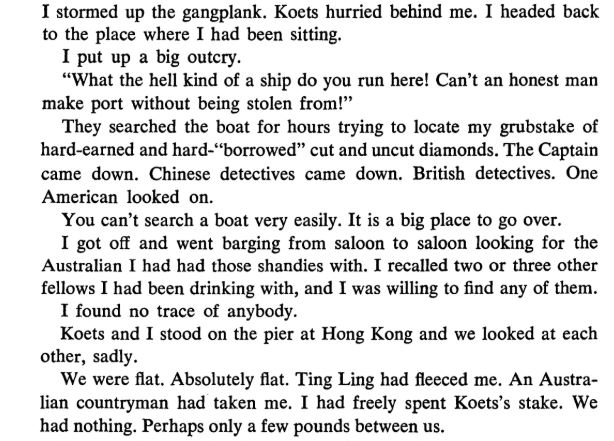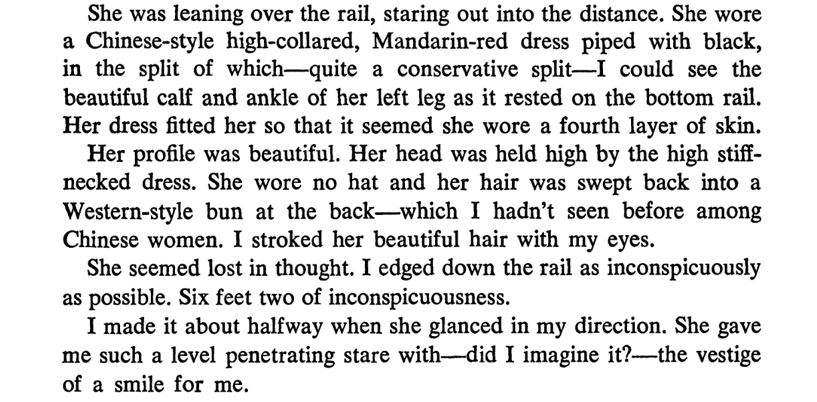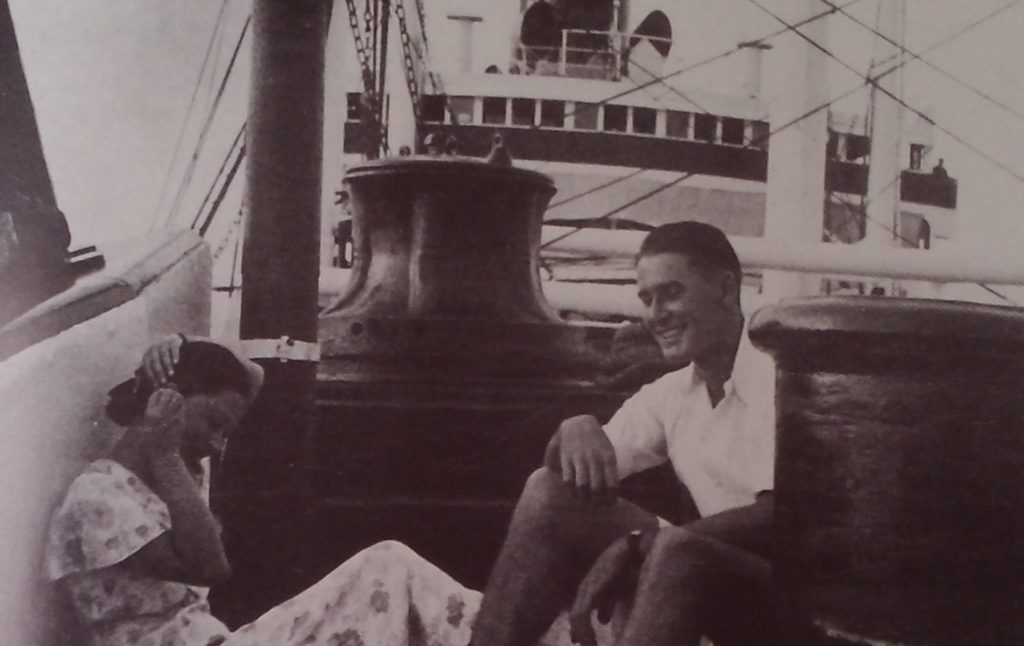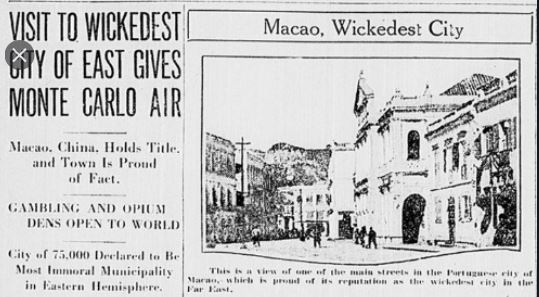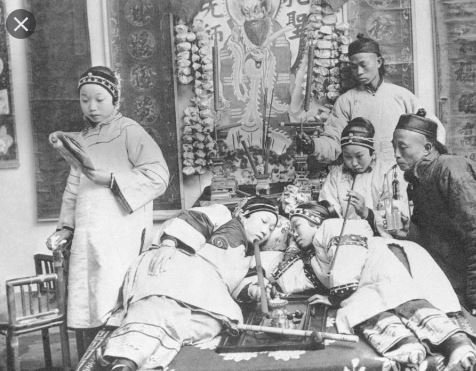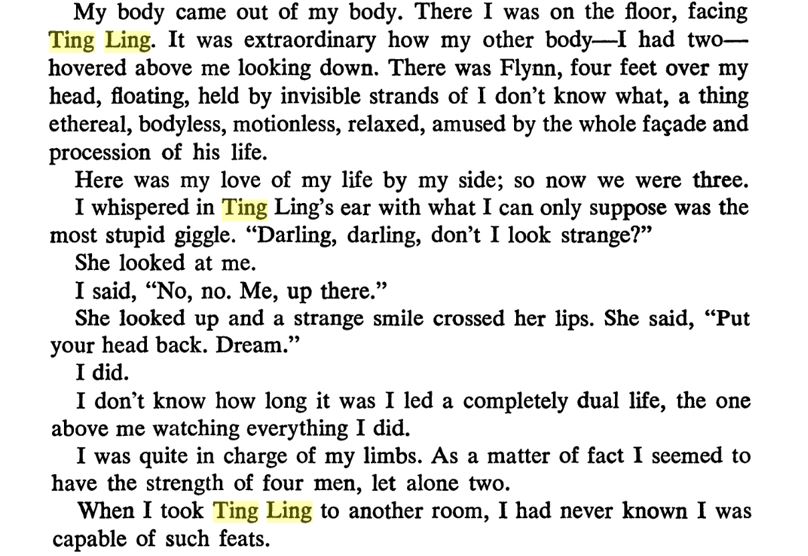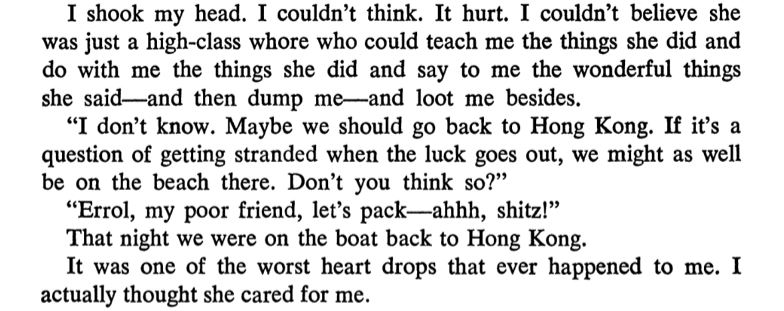Errol arrived at Raoul, Papua New Guinea (PNG), on October 1, 1927, at the age of 18. He came in search of gold and adventure. It’s not clear how many ounces of gold he found, but he certainly did find tons of adventure. For his first two years in PNG, Errol worked at a series of many different jobs and endeavors, at many different locations, for many different employers. He regularly changed jobs and residences, quitting and getting fired frequently.

It’s difficult if not impossible to identify all of Errol’s work and travels during this time period. Likewise, it’s difficult if not impossible to identify exactly when and where he first contracted malaria. However, timing and evidence indicate that he first met “Ann” (the Anopheles mosquito) on New Ireland (while employed at the Kenabot Plantation) or at New Britain (while at the Kokopo Plantation) or at New Hanover, or perhaps on one of the small surrounding islands, such as on Umboi (at the Gizarum Plantation), on Lemus, or on New Hanover (at the Matanalaua Plantation.) And not just the remote jungles and plantations were perilous, all the lowland cities, villages, and settlements, he traveled to and through were malarial hotspots, also – Aitape, Bulalo, Kavieng, Lai, Laloki, Madang, Port Moresby, Rabaul, Salamaua, Wau – all of them. Only the highlands of PNG were safe (from malaria, that is, not from headhunters and other nuisances.)
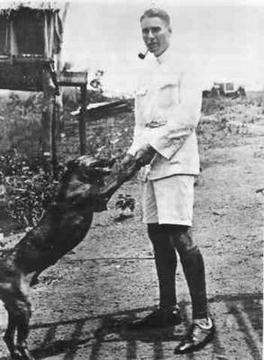
Errol’s time on these Ann-infested islands included very high malarial risk work as a government cadet patrol officer, as a plantation overseer, and as a recruiter of native PNG workers for plantations, et al. It was in one of these activities that, in 1928, he most likely first became a casualty of malaria. Moreover, Errol was very likely bitten more than once, at the same locations and possibly also on subsequent trips to malaria danger zones on mainland New Guinea, including possibly during his adventures up the infamous Sepik (“aka Septic”) River.
…
This map shows the locations where Errol likely first became stricken with malaria.
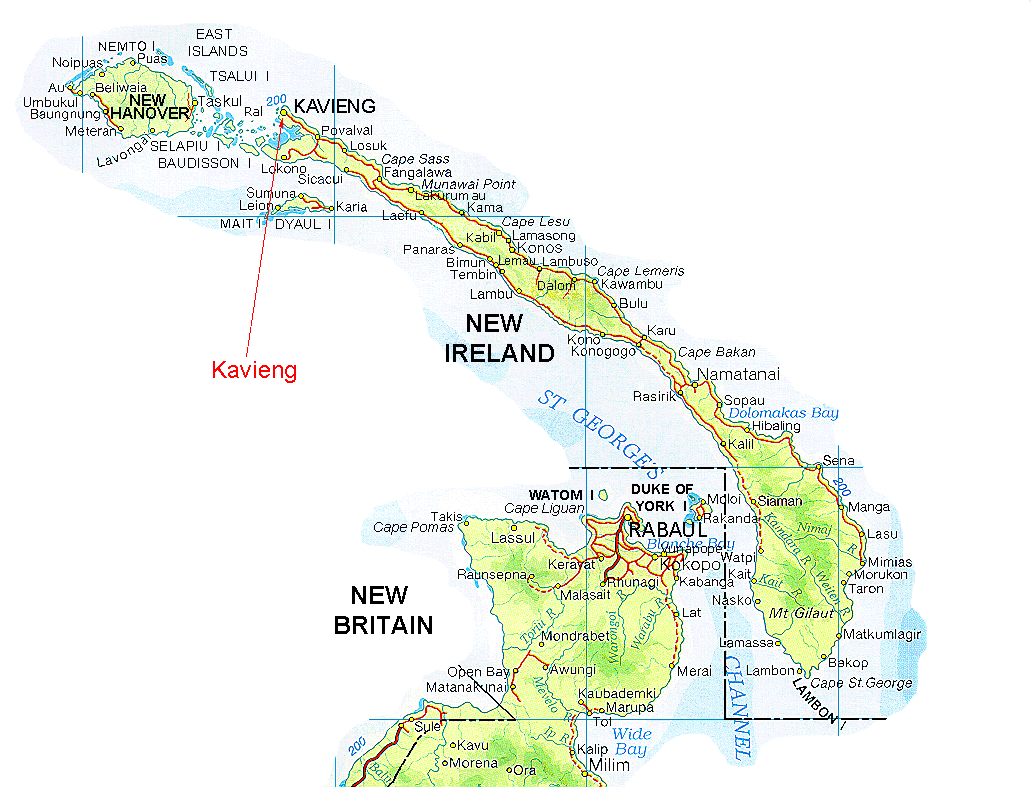
…
The following two maps show how extremely malarial it still is in the locations where Errol worked. As bad as it is now, it was far, far worse when Errol was there.
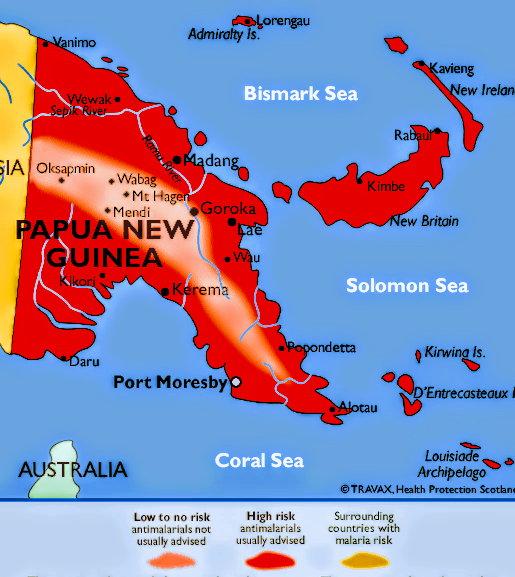
…
Though it has receded elsewhere in the world, malaria is still extremely prevalent and dangerous in PNG.
Note from this map, also, that it is not likely Errol would have contracted malaria in mainland Australia or Tasmania.
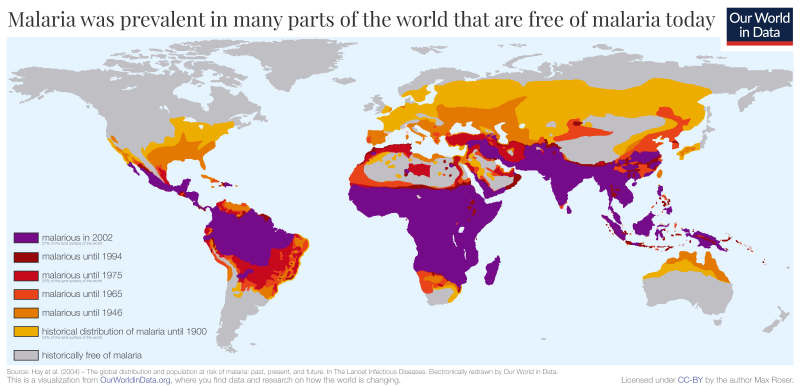
www.theerrolflynnblog.com…See, also: Errol’s Malaria – Part 1 – Blood-Thirsty Annwww.theerrolflynnblog.com…
— Tim
